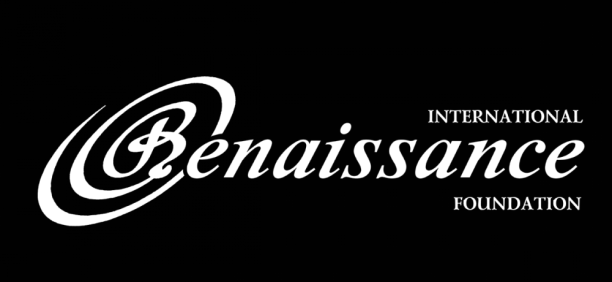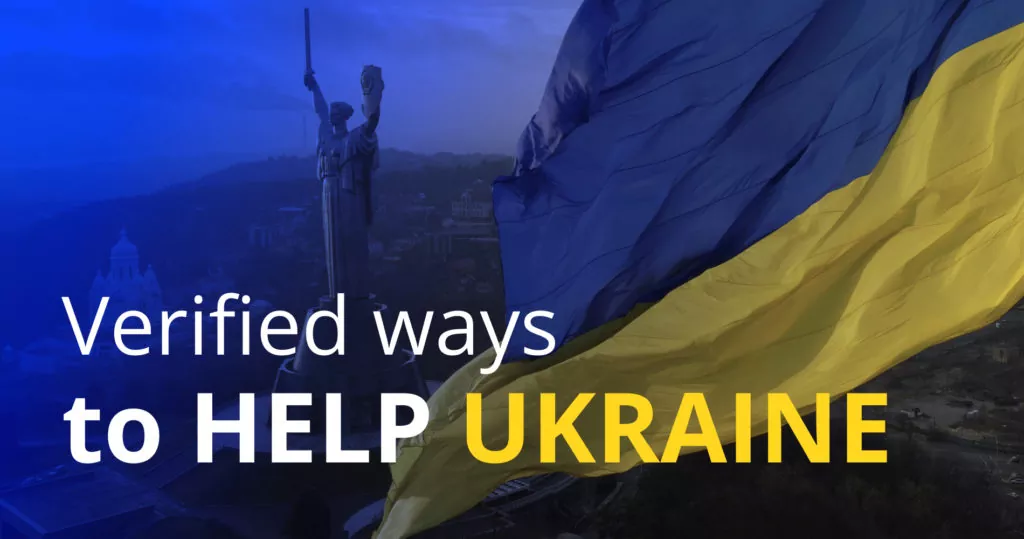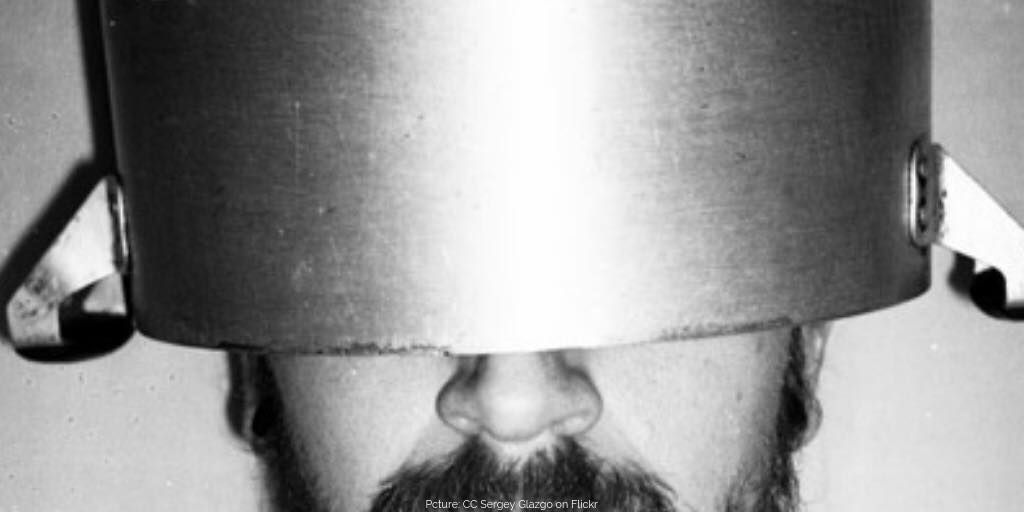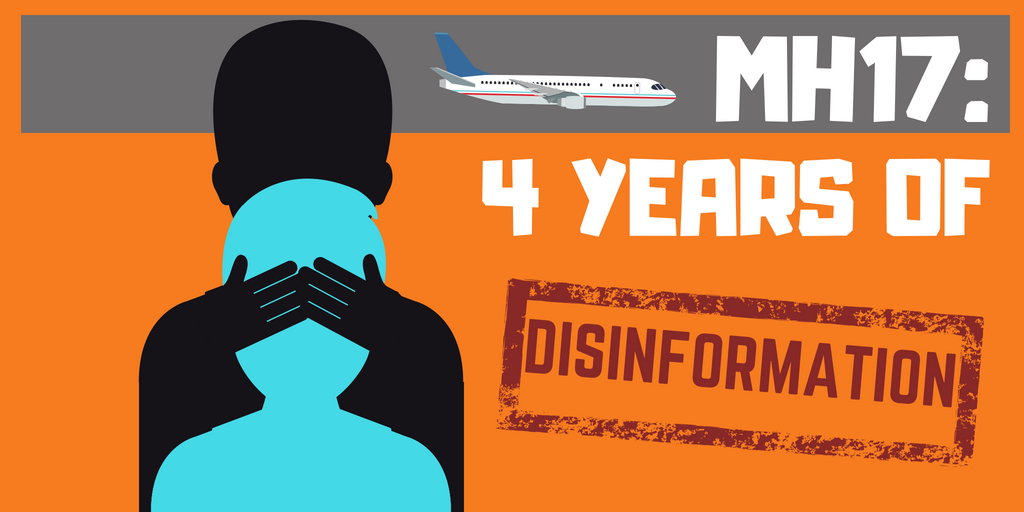However, some people involved in the production of disinformation still stick to old-fashioned tricks.
Who needs digital technologies when kitchenware can help you produce disinformation?
It now appears that a pot was put on the head of the person whose voice was used to perform the role of a Ukrainian pilot, claiming that his country was responsible for the tragic downing of Malaysia Airlines Flight MH17 in the skies over Ukraine on 17 July 2014. The pot was the simplest way of distorting the voice of the speaker.
Read also: Russian media forge more papers to blame Ukraine of downing MH17, make bad grammar mistakes
These new claims were published on 22 October in an article in the Russian daily newspaper Kommersant. According to Kommersant’s anonymous sources, the recording of the interview was voiced personally by the alleged coordinator of this and a series of other covert influence operations, Sergey Sokolov, whose decades-long career in this shady business is the subject of Kommersant’s article.
According to the online news portal Lenta, it was this voice recording which was used when an alleged actor played the role of a fugitive Ukrainian pilot confessing Ukrainian guilt in the incident in a video recording broadcast in 2014 by Radio Komsomolskaya Pravda.
Read also: BBC: How the “DNR” special services & troll factory scare Russians with terror attacks
For some time, the story about the Ukrainian fighter jet played a central role in the Russian authorities’ attempts to produce a defensive smokescreen of disinformation against the mounting evidence of Russia’s armed forces’ responsibility in the downing MH17. The Kremlin later abandoned this explanation and replaced it with other disinforming claims.
Kommersant’s sources say that Sergey Sokolov received a remuneration of 10,000 USD for producing this piece of disinformation.
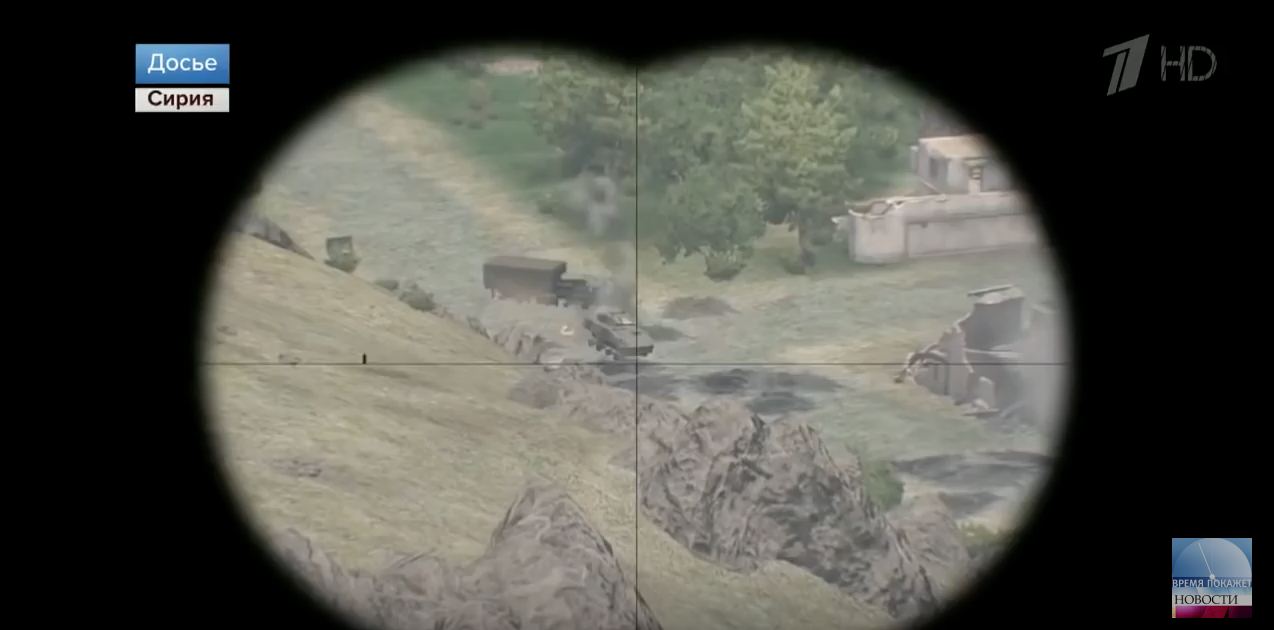
And now it emerges that the Russian propaganda outlets use kitchenware in a much more sophisticated way than Euromaidan activists did at one of the protest rallies which is already forgotten by most of Ukrainians.
Why does Russia often produce a number of such low-tech fakes following an incident Russia might be involved? Here is an explanation:
See more videos in our series A Guide to Russian Propaganda.
Read more:
- Three things you should know about RT and Sputnik
- Democracies should prepare for the long fight against Russian disinformation warfare: study
- The most comprehensive guide ever to MH17 conspiracies
- In the depths of disinformation: this is how RT propaganda works
- Kremlin disinformation campaign extremely successful – EU East Stratcom
- How Russian TV-channels promote pro-Kremlin narratives in talk shows
- Russian media forge more papers to blame Ukraine of downing MH17, make bad grammar mistakes
- Flight MH17: Why can’t the Kremlin tell the truth?
- Why did Russia close its airspace near Donbas one day before flight MH17 was downed?
- Novaya Gazeta identifies Russian colonel involved in shooting down MH17
- Five ways Russia is generating a conspiracy smokescreen around the Skripal poisoning
- BBC: How the “DNR” special services & troll factory scare Russians with terror attacks
- Fake: Azov battalion threatens the Netherlands with terror attack
- Kremlin trolls exposed: Russia’s information war against Ukraine
- Russian trolls terrorize the West with old KGB methods
- Wishful thinking as a manipulation tool in Russian propaganda
- InfoShum: The new trend in Kremlin propaganda

